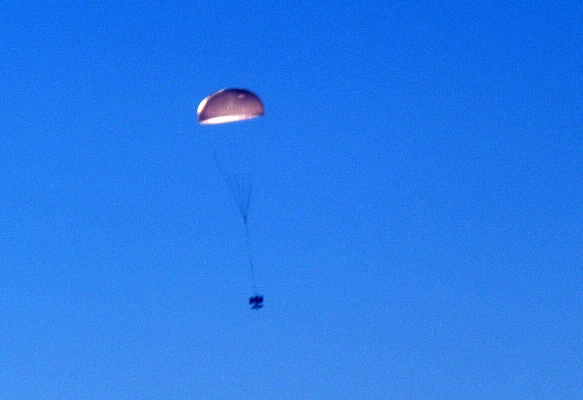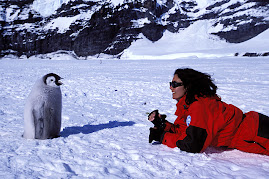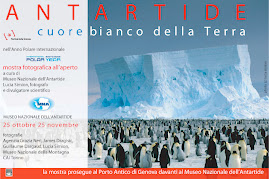
Workshop d'Astrophysique en Antarctique, Dôme C en particulier, du 25 au 27 Juin 2007, au CEA de Saclay.
LIEN: http://www-dapnia.cea.fr/Sap/Phocea/Vie_des_labos/Ast/ast_visu.php?id_ast=1378
Antarctica, that fabulous, awesome and in some ways exquisitely beautiful last frontier.


















